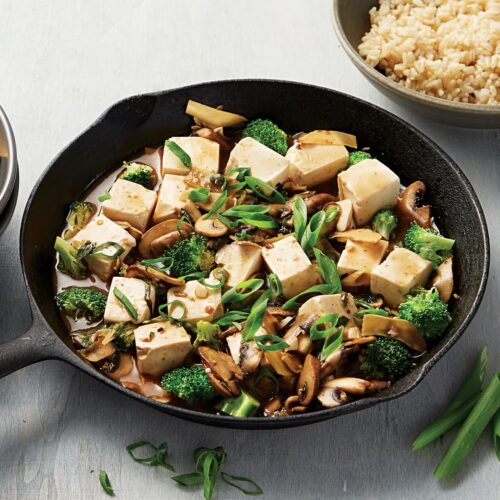
Passionfruit
The purple passionfruit (Passiflora edulis) is the only passionfruit variety grown commercially in New Zealand. It was first grown in Kerikeri in 1927, although most orchards are now situated in the Katikati region. Its fruiting season runs from February to July.
Passionfruit is a subtropical plant which thrives in the warmth and requires a sheltered, frost-free environment. The purple fruit is round or egg-shaped with a tough, thick rind, and its orange-coloured pulp with black pitted seeds has a distinctively sweet and tangy flavour.
Buy
Look for vibrant purple fruit with smooth skin free of discoloration or bruising. Green-coloured fruit indicates the passion fruit is not yet ripe.
Store
Ripen passionfruit at room temperature, or refrigerate ripe fruit in a plastic bag to prevent it dehydrating. Fruit with brown discoloration may still be edible. For best flavour and texture eat fruit that is slightly overripe with a wrinkled skin. The pulp keeps well and can be stored in the fridge or freezer.
Nutrition
One passionfruit contains 2.5g of dietary fibre. An adequate daily intake of fibre is 25g per day for women, and 30g for men.
Cooking tips
- Combine passionfruit, feijoa, frozen banana, low-fat plain yoghurt and trim milk and blend until smooth. Serve as a smoothie with ice and mint leaves.
- Use passionfruit pulp as a substitute for lemon juice when baking, or add it to sauces when cooking fish or pork.
- Combine low-fat plain yoghurt, passionfruit and vanilla pod seeds to make a flavoured yoghurt.
Recipe ideas
Caramelised oranges with passionfruit yoghurt
Mango and passionfruit ice cream sundaes
Watercress
Watercress (Nasturtium officinale), a trailing water plant often found growing wild in New Zealand waterways, is actually a member of the Brassicaceae family (known as the mustards), which helps explain its peppery taste. Watercress is one of the oldest green vegetables, and its use can be traced back to ancient Greece when it was thought to cure, amongst other things, insanity.
Buy
When choosing watercress look for a healthy plant with a good colour. The leaves and stems should be dark green and firm with no sign of yellow leaves.
Store
Watercress is a hardy perennial but it’s a delicate, highly perishable vegetable. To keep it fresh, cut away the stems, then gently wash the leaves and dry them with clean paper towels without crushing the leaves before storing in the fridge in a sealable plastic bag. It will last like this for up to two days.
Nutrition
A cup of watercress has just 32kJ but is an excellent source of folate, as well as providing good amounts of vitamins C and A.
Cooking tips
- Watercress is commonly eaten raw, and it goes well in sandwiches made with dark bread, with eggs, and with cheeses. The young leaves are best for eating raw as they contain less mustard oil and are therefore less bitter.
- You can also cook watercress as a vegetable in soups, sauces and one-pot meals – the cooking process reduces its bitterness.
Recipe idea
Article sources and references
- 5+ A Day. Passionfruit www.5aday.co.nz/facts-and-tips/fruit-vegetable-info/passionfruit.aspx Accessed February 2016https://www.5aday.co.nz/facts-and-tips/fruit-vegetable-info/passionfruit/
- California Rare Fruit Growers. Passionfruit. www.crfg.org/pubs/ff/passionfruit.html Accessed February 2016http://www.crfg.org/pubs/ff/passionfruit.html
- NZ Passionfruit Growers Association. All about Passionfruit. www.passionfruit.org.nz/Facts-Info/Passionfruit Accessed February 2016http://www.passionfruit.org.nz/Facts-Info/Passionfruit
- Sivakumaran S et al. 2014. The Concise New Zealand Food Composition Tables, 11th ed. Palmerston North: The New Zealand Institute for Plant and Food Research Limited and Ministry of Healthhttps://www.health.govt.nz/publication/concise-new-zealand-food-composition-tables-11th-edition
www.healthyfood.com










